topsignaljammer's blog
The function of cell phone signal jammer is to block signals. It is used in many occasions. The most common use occasion we come into contact with is in the examination room. Nowadays, information spreads very fast. With a mobile device, all kinds of information can be spread to every corner in an instant. For some occasions where information cannot be spread, mobile phone signal jammers are very necessary. The editor below will introduce to you the principles, functions and prices of mobile phone signal jammers.
1. Introduction to the principle of mobile phone signal jammer:
1. The principle of mobile phone (radio communication) is as follows: within a certain frequency range, mobile phones and base stations are connected through radio waves, and data and sound transmission are completed with a certain baud rate and modulation method.
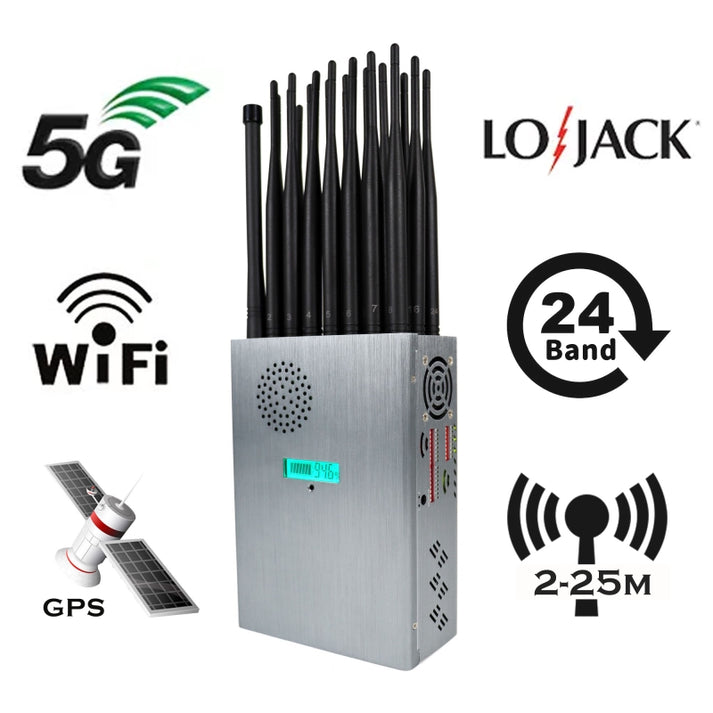
2. Based on the above communication principle, the jammer scans from the low-end frequency of the forward channel to the high-end at a certain speed during the working process. This scanning speed can cause garbled interference in the message signals received by the mobile phone. The mobile phone cannot detect normal data sent from the base station, making it impossible for the mobile phone to establish a connection with the base station. Mobile phones show symptoms such as searching the network, no signal, and no service system.
2. Functional features of mobile phone signal jammer:
It only blocks mobile phone signals and does not affect the normal operation of other electronic devices.
It only blocks mobile phone signals in the examination room and does not interfere with mobile phones outside the examination room, let alone the base station.
Only the downlink frequency of the transmitting base station is blocked without affecting the uplink frequency.
Green and environmentally friendly, the electromagnetic field intensity is far lower than the national standard and has no impact on the human body.
Simple operation, install the antenna correctly, and it will run automatically when the power is turned on
3. Features of using mobile phone signal jammers
1. Select the area where the mobile phone signal needs to be cut off, and place the cutter on the table or wall in this area.
2. After the installation is completed, turn on the power of the disconnector and turn on the power switch.
3. After the equipment is connected, press the power switch disconnector to start working. At this time, all powered mobile phones on site are in the search network state and lose the base station signal. Neither the calling party nor the called party can establish a call connection.
4. Transmission frequency range of mobile phone signal jammer
(1)869 - 894 MHz
(2)925 - 960 MHz
(3)1780 - 1920 MHz
(4)2010 - 2145 MHz
(5)2300 - 2485MHz
(6)2515 — 2675MHz
(7)3400 — 3600MHz
(8)4800 — 4900MHz
(9)5125 — 5350MHz
(10)5725 — 5850MHz
Shielded frequency bands: CDMA800, GSM900, SCDMA1800, DCS1800, PHS1900, TD-SCDMA (Mobile 3G), CDMA2000 (Telecom 3G), WCDMA (China Unicom 3G), 4G, 5G, 2.4G (WIFI), 5.8G (WIFI)
4. Price of mobile phone signal jammer
The price of a mobile phone signal jammer is 400 yuan to 4,000 yuan.
What is the price of a signal jammer, how does a mobile phone signal jammer work, and what functions does a mobile phone signal jammer have? The editor has given you a detailed introduction above. There are many use cases for mobile phone signal jammers, because the level of informatization is getting higher and higher now, and many hard-working research results are likely to be easily disseminated. This impact is very bad. . So it is very necessary to use a mobile phone signal jammer.
Cell phone signal blockers are mainly used in various examination rooms, schools, gas stations, churches, courts, libraries, conference centers (rooms), theaters, hospitals, governments, finance, prisons, public security, military areas and other places where the use of mobile phones is prohibited. It is understood that the mobile phone signal jammers currently on the market can limit mobile phone signals beyond 500 meters from the transmitting station. For example, Jinyuda's P501 jammer has a range radius of >20 meters. The shielding radius is adjustable and the coverage range reaches more than 30 square meters. The mobile phone signal jammer can only block mobile phone signals without affecting other electronic devices. Save electricity, the power is 12W--480W.
It looks like a WIFI transmitter, and the principle is actually the same.
When a mobile phone works, it operates within a certain frequency range. The mobile phone and the base station are connected through radio waves to complete the transmission of data and sound at a certain baud rate and modulation method.
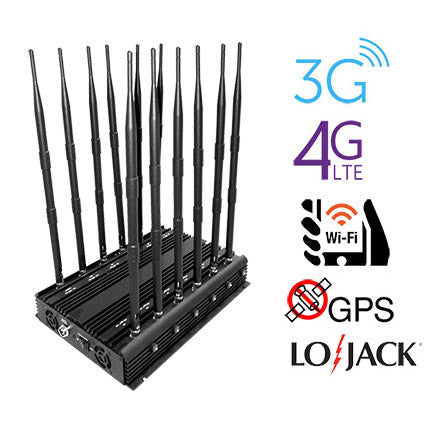
Common mobile phone signal jammers on the market have operating frequencies: 869~894MHz; 925~960MHz; 1805~1880MHz and
Detailed explanation of how to crack mobile phone signal jammer
Various styles of signal jammers
1900~1990MHz, etc. The applicable frequency bands are CDMA800, GSM900, DCS1800, and PCS1900. It can control a range of about 40 meters in diameter, using a DC-DC converter input voltage and 5V output voltage.
After 3G signals were launched, the working frequency bands of signal jammers for sale on the market today have also been upgraded from the previous four frequency bands to five frequency bands. On the basis of the previous four frequency bands, an additional frequency band of 2100 to 2200 has been added for shielding. and interfere with the 3G frequency band.
During the working process, the mobile phone jammer scans from the low-end frequency of the forward channel to the high-end frequency at a certain speed. This scanning speed can cause garbled interference in the message signals received by the mobile phone. The mobile phone cannot detect normal data sent from the base station, making it impossible for the mobile phone to establish a connection with the base station. The mobile phone shows symptoms such as searching the network, no signal on the mobile phone, and no service system.
So how to crack the mobile phone signal jammer? ,
Detailed explanation of how to crack mobile phone signal jammer
first method
cut off energy supply
To put it bluntly, this thing relies on power supply to operate. If you cut off the power, it will just become a decoration.
Of course, if you feel unable to cope with the pressure and investigation from the school and the Education Bureau, you can also choose power stations, substations, transformers and wires.
The second method
physical damage
The last middle school was based on the inability to cope with the pressure and investigation from the school and the Education Bureau. If you have a way to deal with it, choose this one. It doesn't matter if it is blocked or not, just smash it to pieces.
Third method
This method is more euphemistic. If you have a strong relationship with a light and powerful background but still cannot deal with the pressure and investigation from the school and the Education Bureau, you can choose this method. The working function of the mobile phone signal jammer is based on those few antennas and antennas. To achieve this, all you have to do is to disassemble it. You only need a screwdriver to achieve this. As long as the transmission of the antenna is cut off, it is a pure waste of electricity. After all, physics is not learned for free, and this method is very simple to operate!
Compare how a cell phone signal booster works to an antenna: The booster receives the cell signal from a base station and sends it to the cell network. You can forget about issues like limited range, dropped calls, and slow data rates when you have a cell phone signal booster. Therefore, a cell phone signal booster is your personal supply of high-quality cellular network.
Cell phone signal booster will help your cell phone work at a high level. This device improves the reception of signals, so you will enjoy the perfect working of your phone. Signal boosters can be used in many places, including offices, houses or apartments, cars, buses and other places. We guarantee there will be no missed calls when the cell phone signal booster is on.
Cell phone signal boosters work with almost all cell phone carriers, but we would like to mention that you need to check if your preferred signal booster is compatible with your cell phone carrier before buying one. You need to remember that before purchasing, you have a trial period during which you can check the booster. It should be mentioned that if your voice is clear, then the dealer will lie to you because the voice quality and signal reception are not the same. Furthermore, we would like to emphasize that cell phone signal boosters have no negative impact on your health.
Companies in a certain industry work very hard to become a leader in the industry, thereby providing customers with better products and increasing corporate value. As a cell phone jammer manufacturer, topsignaljammer has been specialized in the research and development, production, sales and service of jammer products for 4 years. It has won market recognition with its excellent products and professional services, and has also won praise from market peers. At the same time, it has also achieved the rapid development of the enterprise.
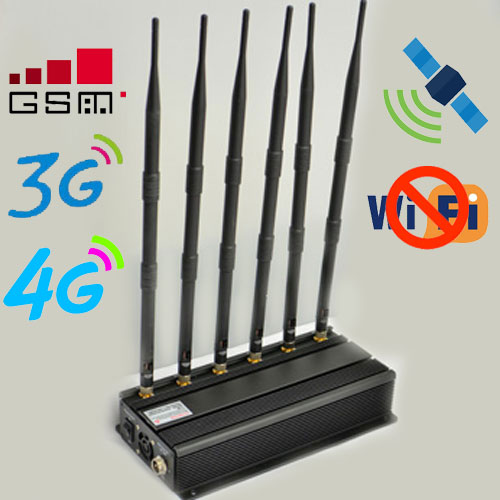
If you want to engage in the production of products in the security and confidentiality industry, the first thing you need to do is to have your own patented technology. Topsignaljammer has been working on jammer technology and products for so many years. It is one of the earliest mobile phone jammer manufacturers in the industry and has a variety of patented technologies. It develops and produces more than 10 types of jammer products, and each category has many different models of subdivided products. No matter what needs customers have, they can find one in topsignaljammer's rich product line. A jammer that suits your needs. Even if there is no finished product that satisfies the customer, topsignaljammer can provide them with customized jammer product solutions, produce customized products to meet the customer's special requirements, help customers solve problems, and achieve mutual growth.
Jammer products are products with specific application functions and application places. As an essential tool in the security and confidentiality industry, its product quality must be guaranteed, and it must adapt to the needs of the continuous development of current communication technology and undergo continuous upgrades and functional enhancements. , thereby ensuring that the shielding effect of the product continues to be effective and ensuring safety and confidentiality. Excellent jammer manufacturers not only start with hardware and improve the technical level to improve the quality and application effect of signal blocker hardware products, but also constantly research new communication technologies and their development trends, and constantly update products to make their products in the market. Maintain advanced technology in terms of performance. Professional and excellent mobile phone shielding manufacturers in terms of service will continue to improve themselves, provide customized jammer solutions based on actual changes in customer needs in the application industry, and provide customers with systematic and complete security and confidentiality solutions. The solution solves customers' worries about secret theft and eavesdropping, without any hidden dangers of security and confidentiality.
Common cell phone signal jammers on the market have operating frequencies: 869~894MHz; 825~960MHz; 1805~1880MHz and 1900~1990MHz, etc. The applicable frequency bands are CDMA800, GSM900, DCS1800, and PCS1900. It can control a range of about 40 meters in diameter, using a DC-DC converter input voltage and 5V output voltage.
Before purchasing a jammer, there are several important factors that should be considered:
1) Band frequency.
The correct frequency to choose depends on the device you want to block. To prevent cell phone reception, people should use cell phone jammers to block cellular frequencies, so GSM, 2G, 3G and 4G LTE are used in new smartphones. If you don't know what frequency your phone transmits, the only thing you have to do is find its technical specifications on the Internet or elsewhere. Otherwise, you can always buy a frequency meter which will display the specific transmit frequency.
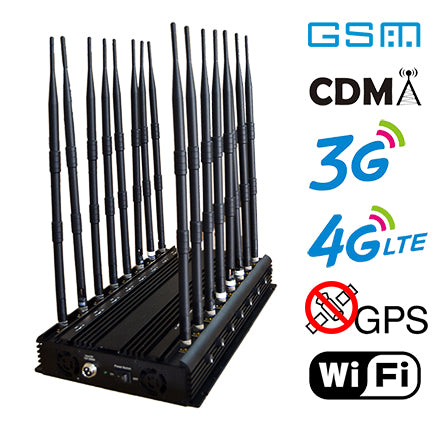
2) Interference range.
The effective shielding radius range is the interference distance. Actual interference distance will vary based on signal strength and location of use and charging conditions.
3) Equipment cooling system.
Don't use the shield while charging or it will burn out the shield since it doesn't have a built-in fan which may damage the shield. Additionally, potential overheating of the shield can cause its performance to degrade, in addition to being harmful to its internal components.
signal jammer
In order to block the new 4G mobile phone signals in the market, more and more 4g mobile phone jammers have been invented and now they are popular among people who need to cut off the 4G signal to achieve a peaceful state. And this 5-antenna handheld 3G 4G full-range mobile phone jammer is one of the best 4G mobile phone jammers, which can block 4G (LTE) and 4G (Wimax) signals. This type of signal jammer has several advantages.
First, it can block not only 4G LTE and 4G Wimax signals, but also CDMA, GSM, DCS, 3G signals. This is the perfect, powerful shielding device out there.
Secondly, you can select which frequency bands you want to block. If you don't want to block one or two bands, you can turn them off and leave the others on. At the same time, cell phone jammers can still interfere with other frequency band signals.
Common cell phone signal jammers on the market have operating frequencies: 869~894MHz; 825~960MHz; 1805~1880MHz and 1900~1990MHz, etc. The applicable frequency bands are CDMA800, GSM900, DCS1800, and PCS1900. It can control a range of about 40 meters in diameter, using a DC-DC converter input voltage and 5V output voltage.
Before purchasing a jammer, there are several important factors that should be considered:
1) Band frequency.
The correct frequency to choose depends on the device you want to block. To prevent cell phone reception, people should use cell phone jammers to block cellular frequencies, so GSM, 2G, 3G and 4G LTE are used in new smartphones. If you don't know what frequency your phone transmits, the only thing you have to do is find its technical specifications on the Internet or elsewhere. Otherwise, you can always buy a frequency meter which will display the specific transmit frequency.

2) Interference range.
The effective shielding radius range is the interference distance. Actual interference distance will vary based on signal strength and location of use and charging conditions.
3) Equipment cooling system.
Don't use the shield while charging or it will burn out the shield since it doesn't have a built-in fan which may damage the shield. Additionally, potential overheating of the shield can cause its performance to degrade, in addition to being harmful to its internal components.
signal jammer
In order to block the new 4G mobile phone signals in the market, more and more 4g mobile phone jammers have been invented and now they are popular among people who need to cut off the 4G signal to achieve a peaceful state. And this 5-antenna handheld 3G 4G full-range mobile phone jammer is one of the best 4G mobile phone jammers, which can block 4G (LTE) and 4G (Wimax) signals. This type of signal jammer has several advantages.
First, it can block not only 4G LTE and 4G Wimax signals, but also CDMA, GSM, DCS, 3G signals. This is the perfect, powerful shielding device out there.
Secondly, you can select which frequency bands you want to block. If you don't want to block one or two bands, you can turn them off and leave the others on. At the same time, cell phone jammers can still interfere with other frequency band signals.
Every year during the college entrance examination, the school will have network problems, such as mobile phone disconnections and slow Internet speed, because the school has turned on the cell phone jammer. If we think of cell phones as handheld two-way radios, radios are subject to interference, and cell phones are no exception. Like any radio, cell phone signals are subject to interference.
In this article, Topsignaljammer will talk to you about how cell phone jammers work.
interference principle
Jamming a cell phone is like jamming any other type of radio communication. Mobile phones communicate with their serving networks through base stations. As a cell phone user drives down the street, the signal switches from one cell tower to another.
Frequency ranges of the three major operators
We know that wireless communication uses electromagnetic waves to communicate. The functional properties of electromagnetic waves are determined by their frequency. Our mobile phones must emit electromagnetic waves that meet the requirements in order to connect to our communications operator base stations. Different communication systems use different frequencies so everyone is calm and doesn't interfere with each other. The basic principle behind cell phone jamming devices is to emit the same radio frequencies as cell phones. Because the frequencies are the same, mobile phones cannot distinguish which signal is a normal base station signal, thus achieving "interference".
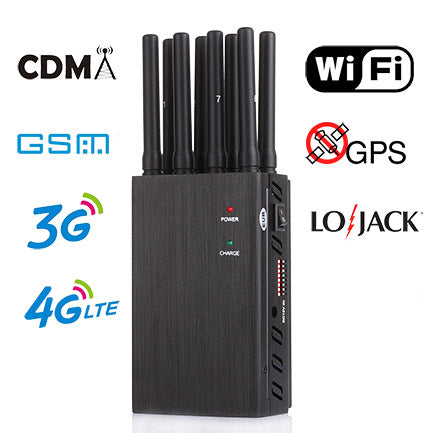
Noise covers traditional sounds.
When a base station attempts to connect to a mobile phone, it emits high-powered "noise" whenever there is a machine on the same frequency as the mobile phone. You will find that the signals emitted by your mobile phone are too complex to recognize, so you will refuse to communicate on your mobile phone. Early signal jammers can only block one set of frequencies, such as 2G, while complex jammers can block several types of networks at the same time, such as 2/3/4G. How is this multi-network interference achieved?
Actually, it's quite simple. In a looping manner, the interference frequency bands corresponding to the three signals are played repeatedly, covering three frequency bands at a time, and the intervals between loops are very small, so that the mobile phone has no chance to speak and can only sit quietly.
multiband signal jammer
2/3/4G are all covered, but what about Bluetooth and wifi? It doesn't matter, it can still be solved. The jammer has evolved again, adding Bluetooth and WiFi frequency bands to the scanning range, so that several common communication methods in society are completely covered. Many people do not understand the differences between Bluetooth, Wi-Fi and mobile data. They all seem to be wireless communication technologies. In fact, the main difference between them lies in the frequency band. In mobile communication technology, 2G mainly works in the 900-1700MHz frequency band, 3G works in the 1900-2100MHz frequency band, and 4G works in the 2300-2500MHz frequency band. Bluetooth and WiFi work at 2.4GHz.
The current main principles of signal shielding and signal jammers are to emit huge noise in the frequency band used by mobile phones, disrupting the normal signal reception and transmission of mobile phones. This small object is not only used to prevent cheating during exams, but is also often used in politics and the military to prevent terrorist attacks. However, signal jammers are not just like shopping for groceries. They are not just purchased and used casually, otherwise they may be illegal.
As we all know, full-band jammers, with their advantages of high efficiency, stability, reliable quality, and strong interference, play an important role in various places that require signal shielding, such as examination rooms, party and government agencies, large enterprises, etc. Now many families are trying to So that children can concentrate on learning, they will also choose a full-band jammer with better performance. So how to choose a full-band jammer?
1. According to signal strength
The selection of a full-band jammer should also be determined based on the signal in the environment. If the signal at the site is very strong, such as an area relatively close to the signal base station, or if there are signal base stations and amplifiers installed on the roof of the community, then the jammer must be selected. A very capable full-band jammer. Generally speaking, a full-band jammer salesperson with good service will help you choose a suitable full-band jammer based on signal strength.
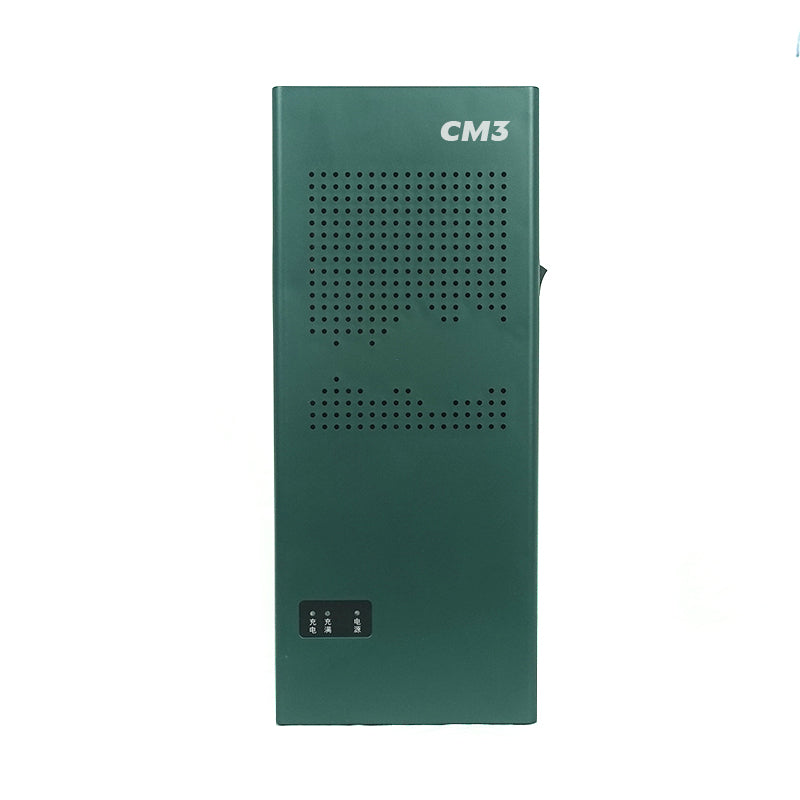
2. Look at the shielding range and power
Generally speaking, the shielding range of a full-band jammer is proportional to its power. That is to say, the greater the power, the greater the shielding range. For low-power full-band jammers, its shielding range is generally dozens of square meters. Some parents I would choose to install this kind of device in my own room, and the high-power shielding distance is several hundred square meters. This kind of device is especially suitable for large examination rooms and large enterprises.
3. Look at the location of the antenna
Generally speaking, full-band jammers can be divided into external antennas and built-in antennas. Since the antenna is external and extends outward, the former occupies a larger space compared to full-band jammers with external antennas. However, its antenna effect is much more stable, its radiation distance is farther and longer, and its coverage area is larger, so external full-band jammers are used relatively more.
It can be seen that to choose a suitable full-band jammer, we can judge based on the signal strength of the venue, the power of the jammer, and whether the antenna is external or built-in. Of course, we can also judge based on the power supply method of the full-band signal blocker. To choose from, there are generally handheld ones with built-in lithium batteries, as well as voltage power supply forms with various voltage ranges.
Many customers have called and said that I need a cell phone signal jammer that can block signals with a radius of 50 meters, an interval of 500 meters, and a radius of one kilometer, and it needs to be blocked by China Mobile, China Unicom and China Telecom.
Is there a problem with the customer's request? No problem, and specific interval requirements are given, but can it be completed? The answer is that it is relatively difficult to achieve. Why is it so difficult to achieve? Don’t signal jammers have their own shielding intervals marked in their parameters? Can’t it be completed by placing a few more units according to this interval? In fact, this is not the case. The customer is not wrong, but they don’t know the signal jammer. The shielding plan is not a fixed value. How to understand it? Texin Electronics will give you an explanation.
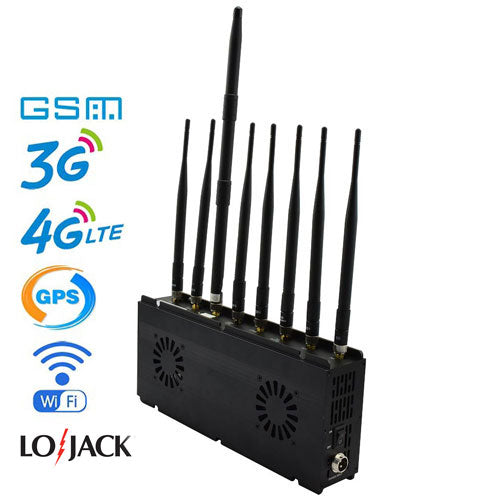
During operation, the signal jammer scans from the low-end frequency to the high-end frequency of the channel at a certain speed. This scanning speed can cause garbled interference in the message signals received by the mobile phone, causing the mobile phone to be unable to detect the normal microwave signal data sent from the base station. , making it impossible for mobile phones to establish connections with base stations within a certain range, achieving the purpose of blocking mobile phone signals.
Generally speaking, the frequency emitted by the mobile phone signal jammer interferes with the frequency of the mobile phone receiving the base station. There is bound to be a competitive relationship between the jammer and the base station. If the transmit power of the signal jammer is smaller than the channel sent by the base station to the mobile phone in the environment at that time, If the power of the signal jammer is greater than the power delivered by the base station to the mobile phone, effective shielding can be achieved.
Therefore, any jammer used in different signal environments will show different shielding intervals, and China Mobile, China Unicom, and China Telecom will all have different shielding intervals, because the base station density, base station orientation, and base station power built by these three operators cannot be the same. of.
In other words, how many meters a mobile phone signal jammer can shield is not only related to its own transmission power, but also to the distance of the base stations in the use environment (base stations are not limited to large transmission towers built on the ground, but also buildings The signal amplification antenna on the top and the signal amplification distribution in some buildings), another important factor is the obstacle. If it is a metal material, it will directly block it; if it is a reinforced concrete solid wall, it will attenuate less after penetration. 10 times; if it is a wooden board or glass material, the attenuation after penetration is relatively small.
So next time a customer asks how many meters the shielding distance needs to be, be sure to ask how far apart the base stations are in the environment, and whether they are used indoors or outdoors, whether they need to pass through walls, etc. Customers can contact our topsignaljammer to learn how to use signal jammers. Only by understanding these can we better choose the appropriate signal jammer for customers.
Shop around to select products and conduct extensive research to learn more about:
1. Investigate product quality, technical means, brand, etc.;
2. Through Internet search, initially understand and communicate with technical personnel, and listen to technical instructions;
Prison demonstration to see the effect:
Select a few and go to the site to test and demonstrate the shielding effect;
The third part examines the actual effects of the case.
After the demonstration, the application, operating status and actual effect of the product in other similar projects can be tested;
During the inspection, take your mobile phone to an approved shielding area to verify the shielding effect.
Simple and quick way to judge the signal blocker:
What devices to consider
The area to be shielded is not strict enough and the effort is not effective enough;
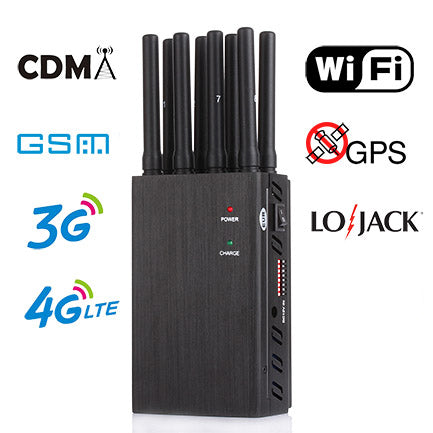
Areas that cannot be shielded have serious interference, complaints, and cannot be used normally;
There is a certain gap between biased signal detection and pseudo base station technology, and there is a gap between ideal and reality. Currently, there is no truly successful case in China;
Equipment not suitable for use
Small in size, the host and power supply are separated, and a circuit board is used internally;
An additional protective box is required, the cell phone jammer which is small in size and light in weight;
The natural heat dissipation area is small or a fan is used to assist heat dissipation;
There are multiple internal and external airflows circulating inside the equipment, and the interior is prone to corrosion;
As Wi-Fi technology continues to advance, so does the sophistication of Wi-Fi jammers. These devices are capable of interfering with Wi-Fi signals, causing disruptions and potential security risks. This article aims to delve into the mechanics of WiFi jammers, shedding light on how they operate and the techniques they employ to interfere with Wi-Fi signals.
Understanding Wi-Fi Signal Interference:
Before diving into Wi-Fi jammers, it is crucial to have a solid understanding of how Wi-Fi signal interference occurs. This section explains the basics of Wi-Fi signals, including frequency bands, channels, and modulation techniques. It also explores the factors that can contribute to signal interference, such as physical obstacles and competing wireless networks.
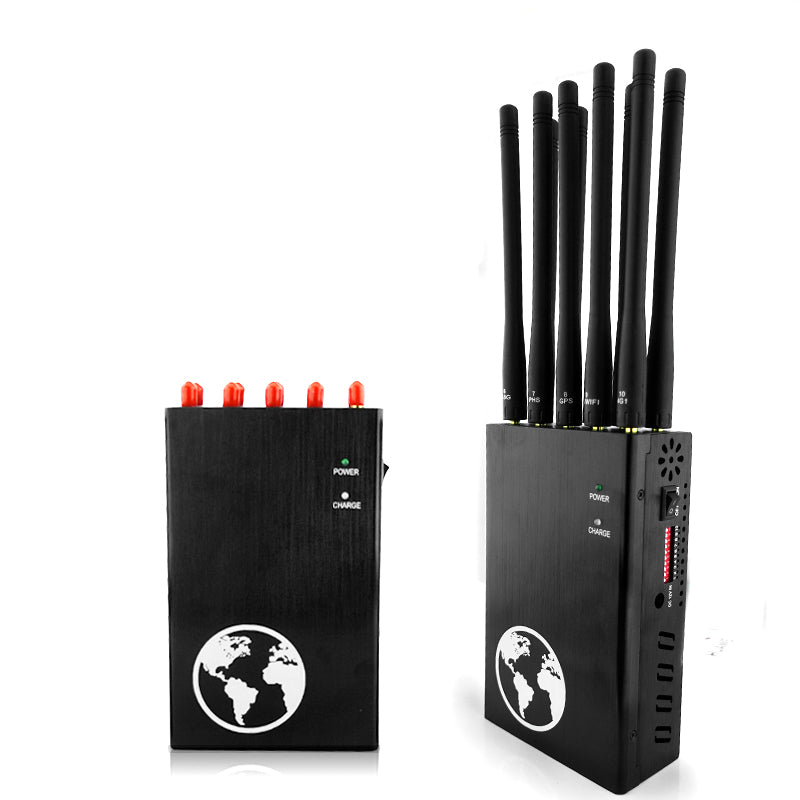
Types of Wi-Fi Jammers:
Wi-Fi jammers come in various forms, each with its own operational characteristics. This part discusses different types of Wi-Fi jammers, including deauthentication jammers, denial-of-service (DoS) jammers, and RF interference jammers. It explains the specific techniques employed by each type to disrupt Wi-Fi signals.
Deauthentication Attacks:
Deauthentication signal blockers exploit vulnerabilities in the 802.11 protocol to send deauthentication frames, forcing connected devices to disconnect from Wi-Fi networks. This section delves into the mechanics of deauthentication attacks, including the transmission of deauthentication frames, target selection, and potential consequences.
Denial-of-Service (DoS) Attacks:
DoS jammers flood Wi-Fi channels with excessive traffic or noise, rendering the network unusable. This part explores the techniques employed by DoS jammers, such as flooding the network with spoofed packets or overwhelming it with a high volume of RF interference. It also discusses the impact of DoS attacks on Wi-Fi connectivity and network performance.
RF Interference Jammers:
RF interference jammers emit disruptive radio frequency signals that interfere with Wi-Fi communication. This section explains the mechanisms behind RF interference jammers, including the generation of interfering signals, modulation techniques, and the impact on Wi-Fi signal quality and reliability.
Jammer Detection and Countermeasures:
Detecting and mitigating the effects of Wi-Fi jammers is crucial for maintaining network integrity. This part explores various techniques and technologies used to detect the presence of Wi-Fi jammers, such as spectrum analysis, anomaly detection, and intrusion detection systems. It also discusses possible countermeasures to mitigate the impact of Wi-Fi signal interference.
Legal and Ethical Considerations:
The use of Wi-Fi jammers raises legal and ethical concerns. This section examines the legal landscape surrounding Wi-Fi jammers in different jurisdictions, highlighting the potential legal consequences of using or possessing such devices. It also emphasizes the ethical considerations, including respect for others' connectivity rights and the importance of responsible Wi-Fi usage.
Future Challenges and Mitigation Strategies:
As Wi-Fi jammers evolve, new challenges arise in combating their effects. This part discusses the potential future challenges associated with Wi-Fi signal interference and explores mitigation strategies, such as improved Wi-Fi security protocols, frequency hopping, and robust network monitoring and management practices.
By understanding the mechanics of Wi-Fi jammers and the techniques they employ to interfere with Wi-Fi signals, individuals, network administrators, and policymakers can better comprehend the risks and challenges associated with Wi-Fi signal interference. This knowledge can inform the development of effective countermeasures and regulatory frameworks to safeguard Wi-Fi networks and ensure a secure and reliable wireless communication environment.
